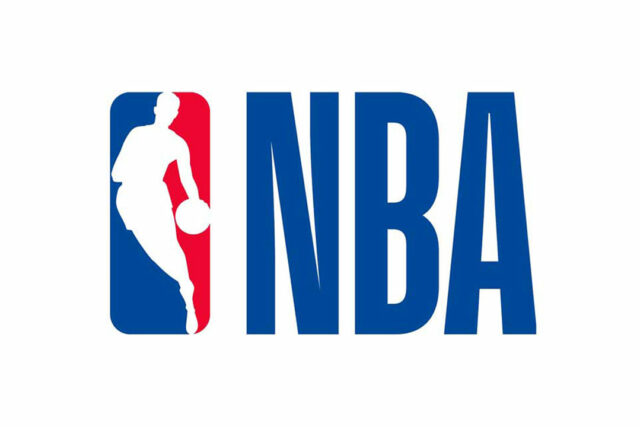CITIZENS from Australia, Britain and Poland were among seven people working for celebrity chef Jose Andres’ World Central Kitchen (WCK) who were killed in an Israeli airstrike in central Gaza on Monday, the NGO said.
The workers, who also included Palestinians and a dual citizen of the United States and Canada, were travelling in two armored cars emblazoned with the WCK logo and another vehicle, WCK said in a statement.
Despite coordinating movements with the Israeli Defense Force (IDF), the convoy was hit as it was leaving its Deir al-Balah warehouse, after unloading more than 100 tons of humanitarian food aid brought to Gaza by sea, WCK said.
“This is not only an attack against WCK, this is an attack on humanitarian organizations showing up in the most dire of situations where food is being used as a weapon of war,” said Erin Gore, chief executive of World Central Kitchen.
“This is unforgivable.”
The Israeli military said it was doing a thorough review at the highest levels to understand the circumstances of what it called a tragic incident.
“The IDF makes extensive efforts to enable the safe delivery of humanitarian aid, and has been working closely with WCK in their vital efforts to provide food and humanitarian aid to the people of Gaza,” the military said.
Mr. Andres, who started WCK in 2010 by sending cooks and food to Haiti after an earthquake, earlier said he was heartbroken and grieving for the families and friends of those who died.
“The Israeli government needs to stop this indiscriminate killing,” he said on social media.
“It needs to stop restricting humanitarian aid, stop killing civilians and aid workers, and stop using food as a weapon. No more innocent lives lost. Peace starts with our shared humanity. It needs to start now.”
In a statement, the Islamist group Hamas said the attack aimed to terrorise workers of international humanitarian agencies, deterring them from their missions.
AUSTRALIA CONFIRMS DEATH
Australian Prime Minister Anthony Albanese confirmed the death of 44-year-old aid worker Lalzawmi “Zomi” Frankcom and said his government had contacted Israel to demand those responsible be held accountable.
“This is a human tragedy that should never have occurred, that is completely unacceptable and Australia will seek full and proper accountability,” he told a press conference on Tuesday.
Mr. Albanese said innocent civilians and humanitarian workers needed to be protected and reiterated his call for a sustainable ceasefire in Gaza along with more aid to help those suffering from “tremendous deprivation.”
Video obtained by Reuters showed paramedics moving bodies into a hospital and displaying the passports of three of those killed.
“We are heartbroken and deeply troubled by the strike that killed @WCKitchen aid workers in Gaza,” US National Security Council spokesperson Adrienne Watson said on social media.
“Humanitarian aid workers must be protected as they deliver aid that is desperately needed, and we urge Israel to swiftly investigate what happened.”
WCK said it was pausing its operations in the region immediately and would make decisions soon about the future of its work.
WCK delivers food relief and prepares meals for people in need. It said last month it had served more than 42 million meals in Gaza over 175 days.
WCK was involved in the first shipment of aid to Gaza via a sea corridor from Cyprus in March. A second WCK maritime aid shipment of 332 tons arrived in Gaza early this week.
Since starting operations in 2010, the organization has delivered food for communities hit by natural disasters, refugees at the U.S. border, healthcare workers during the COVID-19 pandemic and people in conflicts in Ukraine and Gaza. — Reuters










